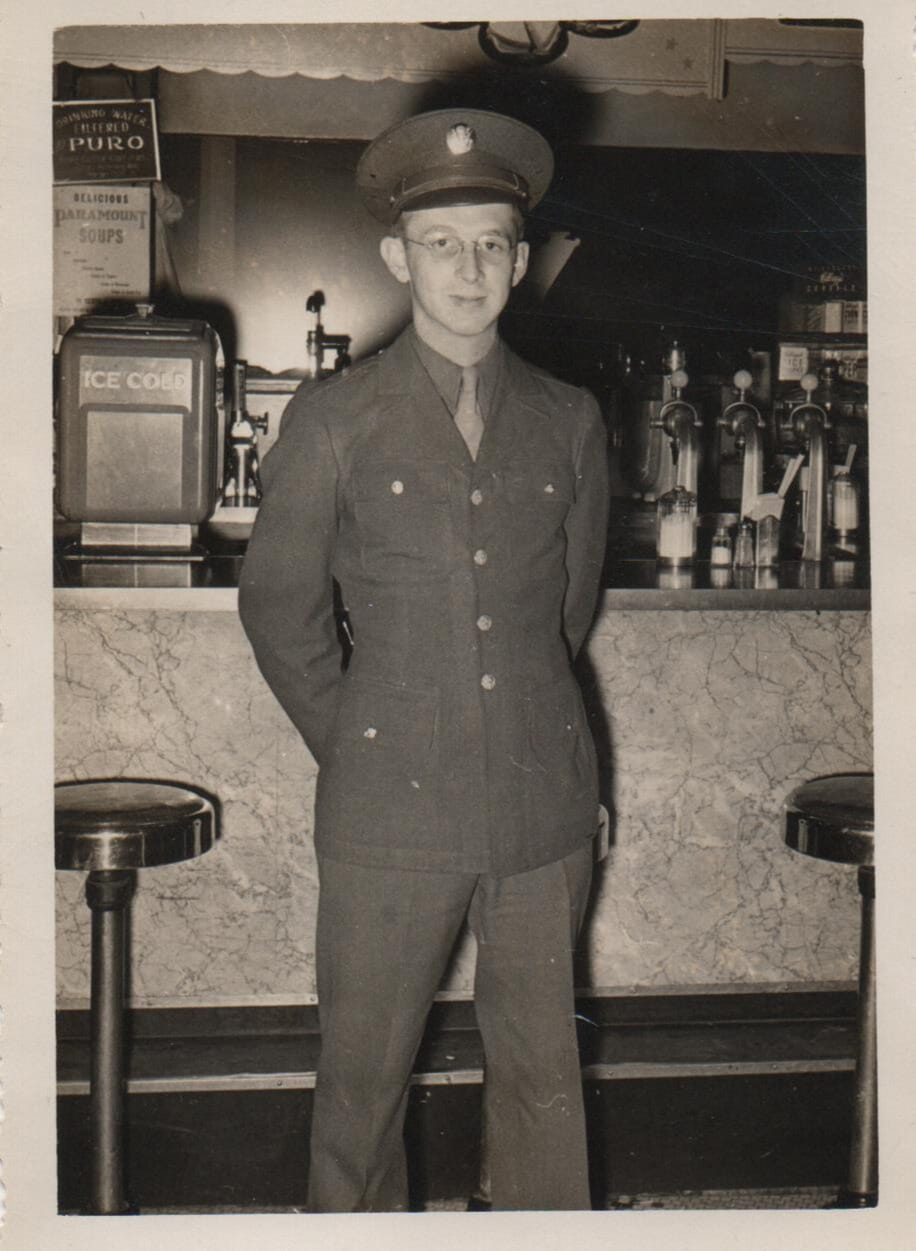The 103rd Infantry Division During World War II

Being the 80th anniversary of D-Day, I wanted to look up my dad’s company to make a connection of where he was during the Great War. All I had were locations and places but did not have the order of things. I found this great information at the United States Holocaust Memorial Museum which I have yet to visit. I discovered their Holocaust Encyclopedia online which had detailed information which also recognized the 103rd Infantry Division of World War II.
In 1985, the United States Holocaust Memorial Museum and the US Army Center of Military History began a program to honor US Army divisions that took part in the Allied liberation of Nazi camps. The US Army Center of Military History defines a liberating division as one whose official records show its presence at a camp within 48 hours of the first soldier’s arrival. The 103rd Infantry Division is among the 36 US divisions that have been recognized to date.
103rd INFANTRY DIVISION CAMPAIGNS DURING WORLD WAR II
Established in 1942, the 103rd Infantry Division landed in southern France in late October 1944, a few months after the Allied invasion of western Europe on D-Day, June 6, 1944. From the port of Marseille, the “Cactus” division advanced northward, eventually crossing into Germany in December 1944. The swift German offensive into the Ardennes Forest during the Battle of the Bulge that month forced the unit to take up defensive positions in the area of Alsace-Lorraine. In March 1945, the 103rd advanced into the Rhineland, then moved southward into Bavaria. On May 3, 1945, the division captured the city of Innsbruck in Austria.
*I had the unique pleasure of being at the Brenner Pass while on an art history tour. Brenner Pass is a mountain pass over the Alps which forms the border between Italy and Austria. The 1976 winter Olympics were held in Innsbruck. I remember seeing these large ski slopes in the distance. But what stood out for me was that I was in the same exact pass that my dad’s company crossed.
THE 103rd INFANTRY DIVISION AND THE LIBERATION OF DACHAU CONCENTRATION CAMP
As the 103rd moved into Bavaria, its troops uncovered one of the Nazi subcamps, Dachau. The 103rd Infantry Division was recognized as a liberating unit by the US Army’s Center of Military History and the United States Holocaust Memorial Museum in 1985.
*My dad told how he was sickened by the sights his company saw at the camp. He was approved to take pictures and artifacts from the Germans that were left behind. There were many. He never talked about this until my kids were in history class learning about the war. He pulled out this box which spoke volumes silently. Now I understood why he never talked about the war. He saw far too much.
103rd INFANTRY CASUALTY FIGURES, EUROPEAN THEATER OF OPERATIONS
Total battle casualties: 4,558 Total deaths in battle: 834
The term theater of operations was defined in the US Army field manuals as the land and sea areas to be invaded or defended.
The 103rd Infantry Division is called the “Cactus” Division which is the shoulder patch they wore. It is a cactus in a gold circle. It represents the states whose troops formed the original unit in the early 1920s: Arizona, Colorado, and New Mexico.
Thanks to the United States Holocaust Memorial Museum for this information and for recognizing the 103rd Infantry Division of World War II.
